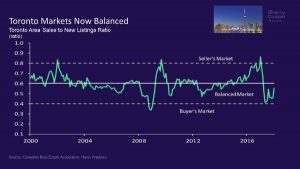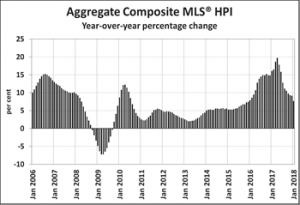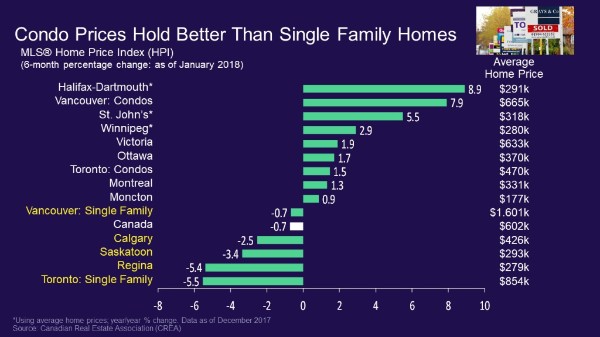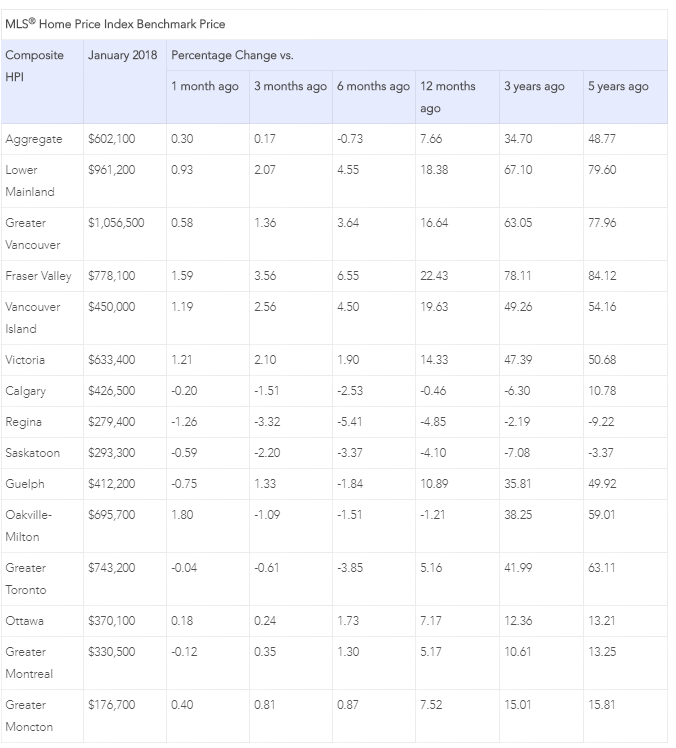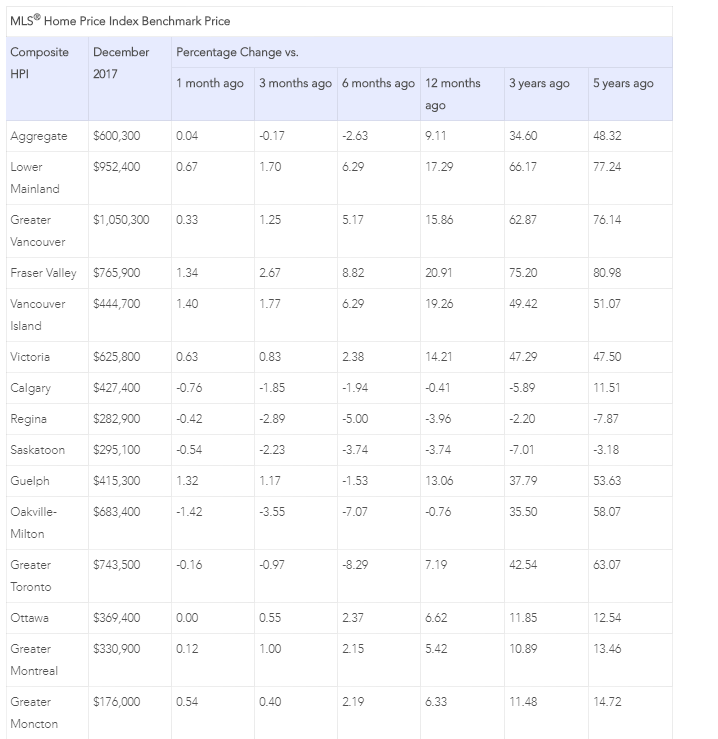
In an active housing market sometimes buyers are urged by their realtors to make an offer with no conditions. As a mortgage broker this always makes my heart skip a beat. I know from experience that financing can go sideways and you need to be sure it’s in place before removing conditions.
Another item that should not be forgotten is a house inspection. You may have a good eye for décor but house inspections are not for amateurs. We have all heard, “Never judge a book by its cover” so why would you make the most important purchase in your life without checking it out? This may be the best $300-$500 you ever spent. Here’s why.
#1 – It provides an out for the home buyer.
Sometimes hidden structural issues like a cracked foundation or saggy beams can mean expensive repairs. If the price can’t be re-negotiated then you have a way to walk away from an expensive mistake.
A few years ago I had a client who I preapproved for a mortgage. He found the perfect house in south east Calgary and made an offer which was accepted. He then ordered a house inspection while I arranged the mortgage. The inspector came back and told my client that there were 10 things he could see in the house that indicated that it had been used as a grow op. My client used this to break the contract and went on to buy another home without any problems.
#2 – Revealing illegal additions or improper renovations
If the DIY seller wired the house improperly or used sub-standard materials your home insurance could be null and void if you had something happen in the future. The home inspector for my first home noticed that the indoor outdoor carpet in the master bedroom had been glued to the hardwood, something that resulted in a multi-day project we were not counting on.
#3 Safety and Structural issues
Inspectors go up into the attic , and down into the farthest reaches of the basement and can spot things like mold, holes in the chimney, improper wiring or improperly vented fans.
#4 – Aiding in the planning for future maintenance expenses
Unless the home is brand new you will need to replace a number of things; water heaters last 6-10 years, roofs about 20 years , furnaces about 25 years. . The report will include an estimate on the remaining life for each of these expensive items which will give you time to save for their eventual replacement.
#5 Bargaining power
If you find something that will cost a considerable amount to replace or repair you can go back to the seller’s agent and ask for a reduction in the price. A leaky roof may cost $3000 to replace. Perhaps the seller would split the cost with you? It’s worth asking.
#6 Peace of Mind
Finally, for your own peace of mind. When you have spent all your hard earned cash on a home and will be paying it off for 20+ years, it’s easier to sleep at night knowing that the house won’t come tumbling down on you or that you paid too much .
While an inspection cuts into your budget at a time when you need all the cash you can get, you will find it is money well spent. NOTE: If you live in an area where housing prices are rising quickly your appraisal may come in low as the property is appraised based on sales in the previous 90 days. Ask your Dominion Lending Centres mortgage broker and your realtor if this is the case for your area.




